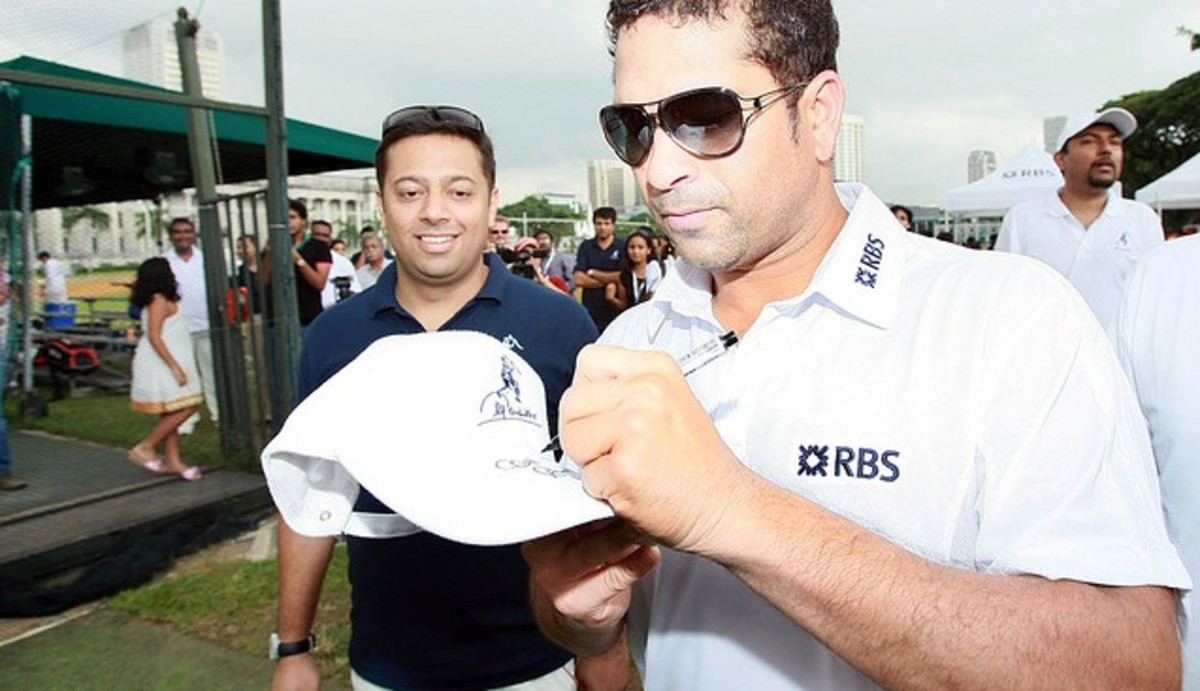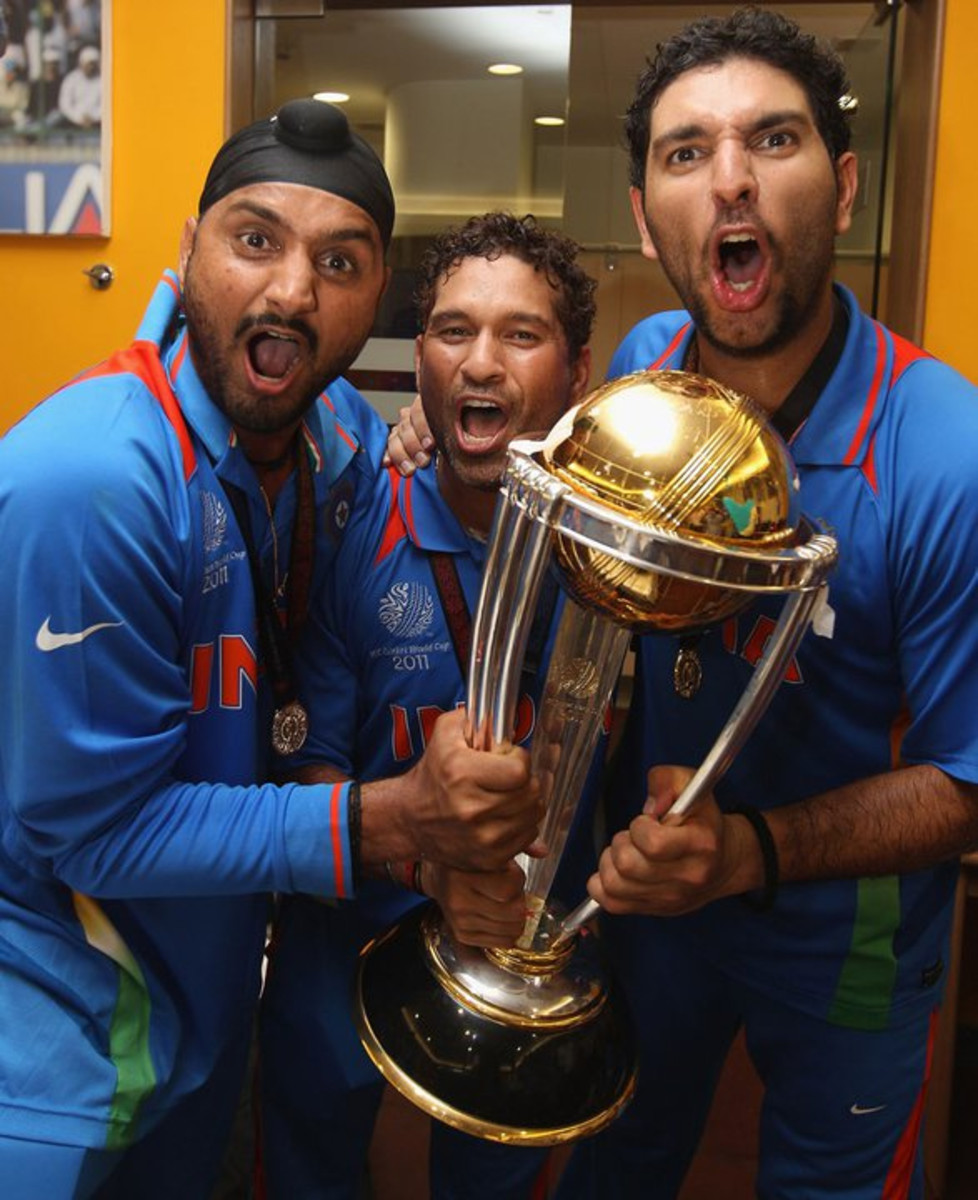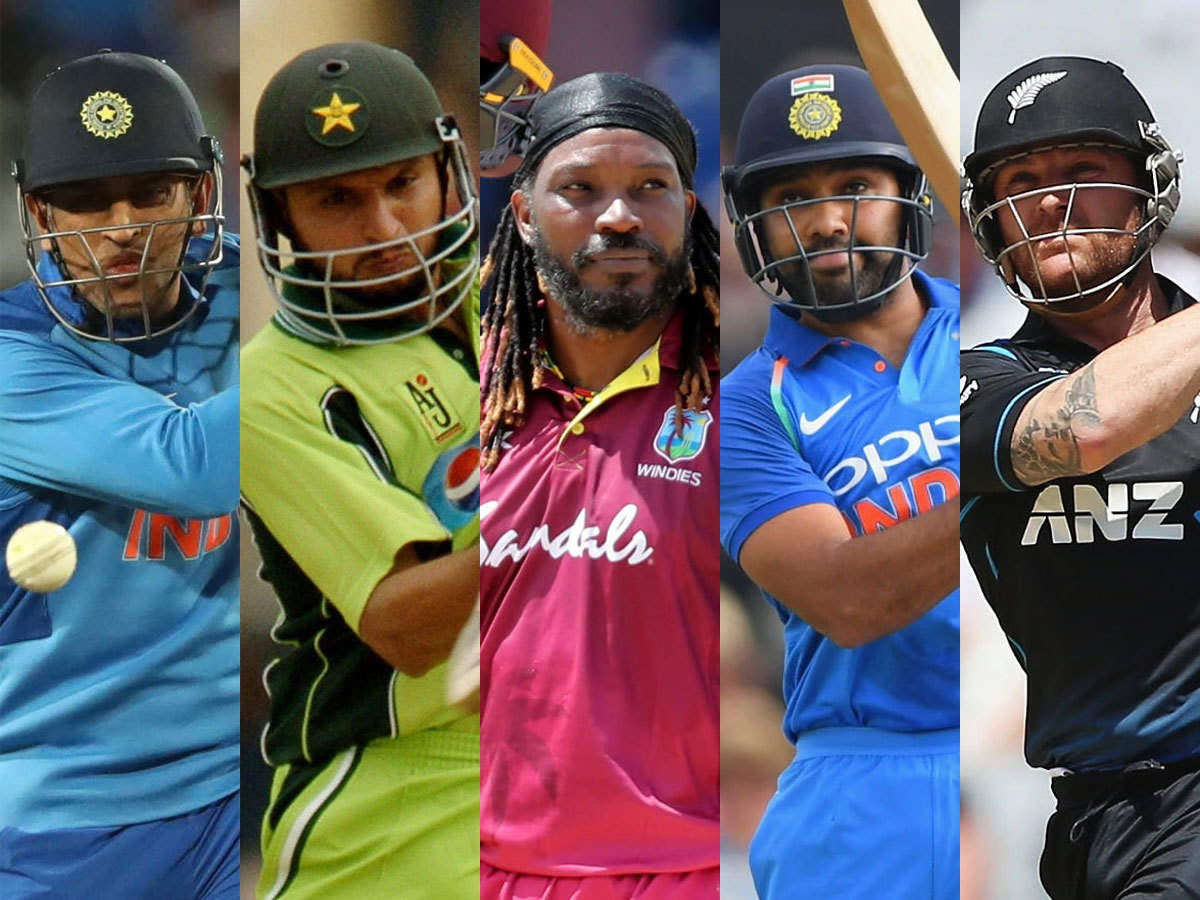Cricket fielding positions: A guide
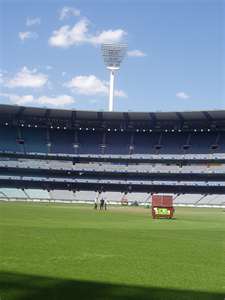
For persons unfamiliar with the game of cricket, it may seem like a really odd game. Indeed, it can be silly in a literal sense. For instance, fine leg does not refer to a lady’s attributes, but to a fielding position on the leg-side.
And the silly mid-on fielder did not get all his sums wrong; that’s really a fielding position. However, getting hit by a cork ball covered in leather in that position might know you silly.
On a serious note, the cricket field is split into two sides: the off-side and the leg-side. Where the offside and leg-side is located depends on the orientation of the batsman. Not that kind of orientation – it’s whether the batter is left-handed or right-handed. Therefore, the fielding positions are relative to the batsman.
While there are defined positions on the cricket field, sometimes, fielders straddle positions. This is where you may hear a commentator say that a fielder is between two positions. For example, a cricketer could be located “between mid-on and long-on” or “between square leg and cover.”
Positions on the cricket field can be easy enough since they may just describes variants of a particular area as such: short, long or deep, and square or fine. For example, you can have short-leg, long leg, fine leg, deep square leg and square leg.
A proper field setting is one of the hallmarks of good captaincy. Since the bowler and wicketkeeper are basically fixed, the captain only has nine players to place. Synchronizing the field positions with the bowling allows the fielding to support the bowler better and makes life difficult for batsmen. For the average cricket fans, it might help in following radio commentary!
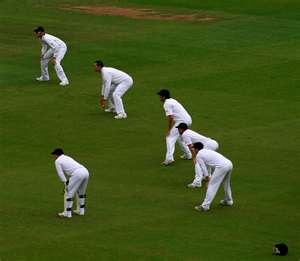
Fielding positions
Wicketkeeper
Wicketkeepers are positioned behind the stumps at the striker’s end at all times. They are specialist fielders, since that position requires more work that fielding in any other position – even at slip. Wicketkeepers can either stand up to the wicket (for spinners and gentle medium pacers) or may be quite a few yards behind it for fast bowlers.
Slips
Slips are fielders who stand in catching positions next to the wicketkeeper on the off-side of the field. An extremely attacking field can have up to four slip fielders who form an arc between the wicketkeeper and the Gully position. The positions are known as first slip, second slip, third slip and fourth slip. Very rarely is a leg-slip position used. This is merely a slip position on the leg side, and there usually isn’t more than one Leg Slip fielder.
Gully and Third Man
On the offside of the field, some yards from the slip is the gully position. It is much squarer than third slip, but not square of the batsman (since that would be the Point position). There can also be a Leg Gully on the leg-side of the wicket.
Often, a batsman is caught deep on the field, in the angle of the slips, going for an attacking cut. This area of the field is the Third Man region. The parallel to Third Man on the leg-side is the Fine Leg position. On an especially large field, such as the Melbourne Cricket Ground, there may be a Deep Third Man and Deep Fine Leg.
An overview of the fielding positions
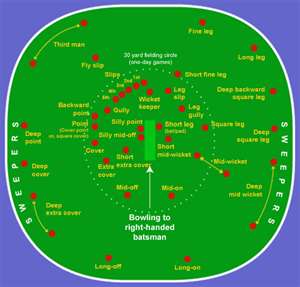

Silly positions
There is some speculation about how silly positions acquired their names. Many posit that it’s because you have to be an idiot to field in that position. These are the close-in catchers who risk life and limb for the good of the game. Most fielder in close positions wear added protection – leg guards and helmets. The intention of these positions is to make the batsman think twice about playing forward – particularly when spinners are bowling.
Silly fielders need good reflexes and “cajones” to field well in that position. Silly point is the close-in fielder on the off-side. On the off-side, there’s also silly mid-off. The leg-side has far more variations to the silly point – short leg, short square leg and forward short leg. On the leg-side, there are more variations to this area on the field: square short leg, short leg, forward short leg and silly mid-on.
Other positions
Point: Off-side position square of the batsman. The best fielders are normally placed in this position.
Square leg: Leg-side position square of the batsman
Cover: An off-side position that is deeper than Point. Variants include deep cover and extra cover. The leg-side’s version of cover is midwicket.
Mid-on, Long on, Mid-off, Long-off, Short Mid-wicket, Deep Mid-wicket
Fielding positions can be close or deep – attacking or defensive. Positions like slips and short legs are examples of attacking or “catching” positions, whereas third man and deep midwicket are normally run-saving positions. Clever captains manipulate their fields to suit their strategy. They may even deliberately expose gaps in the field to encourage batsmen to play a false or ambitious shot.

